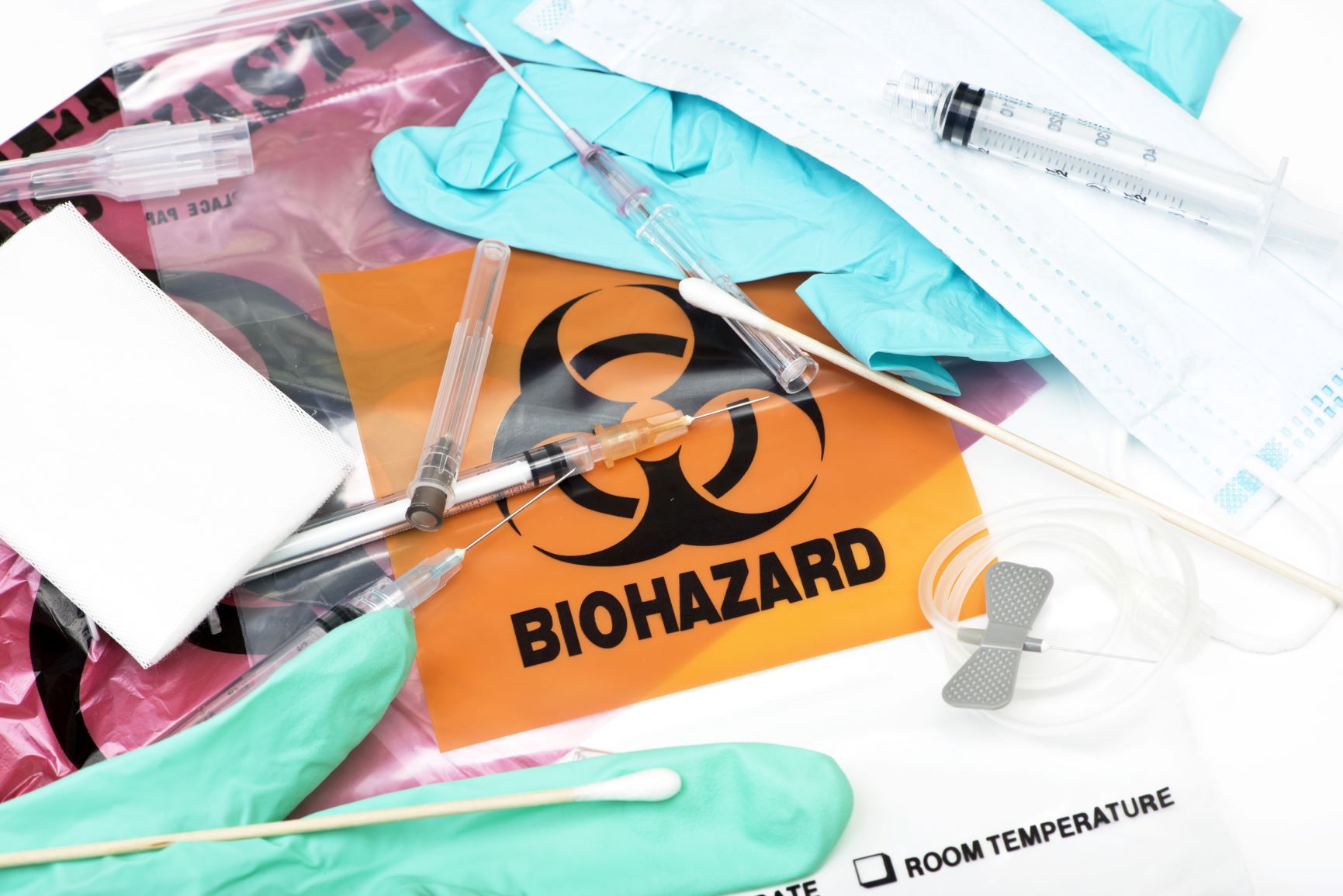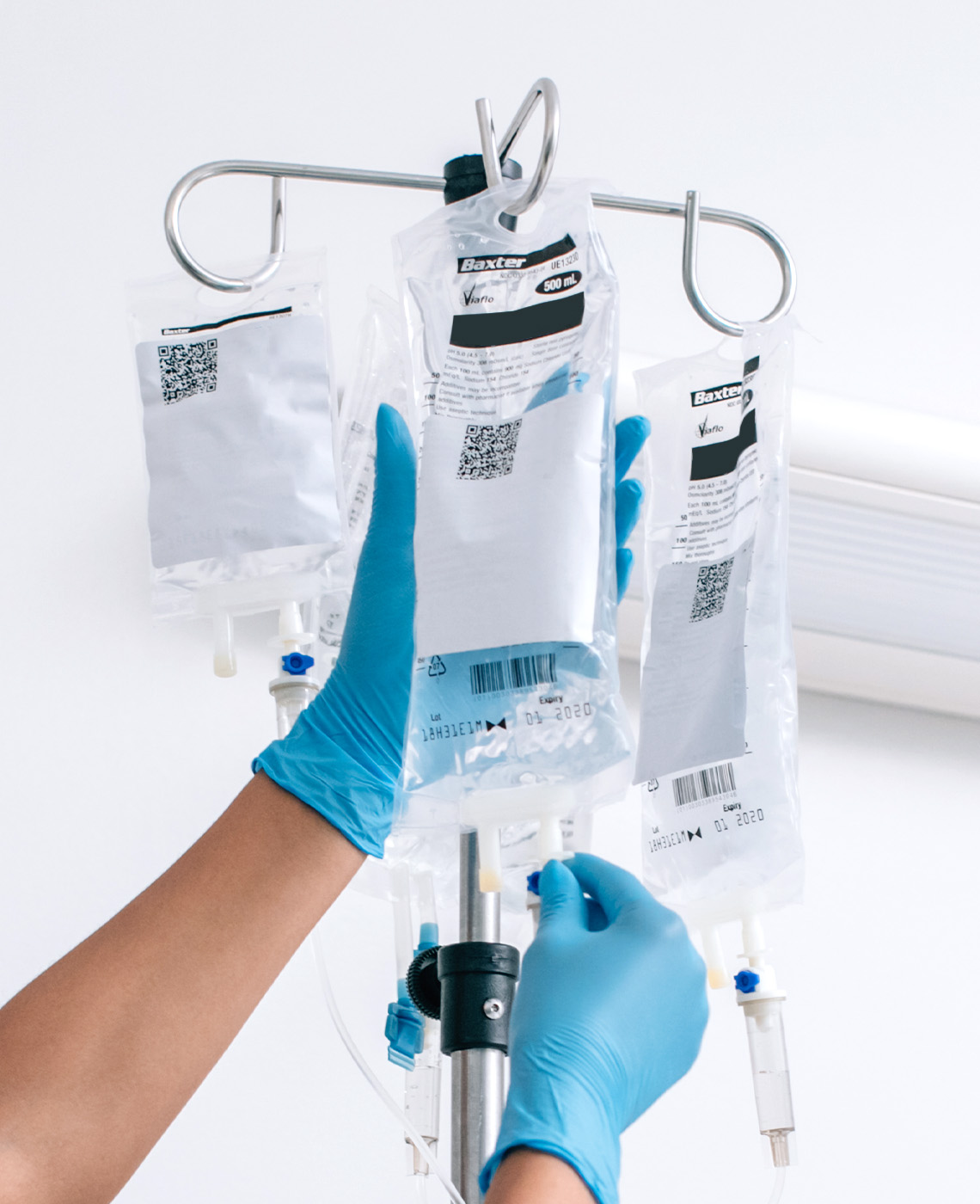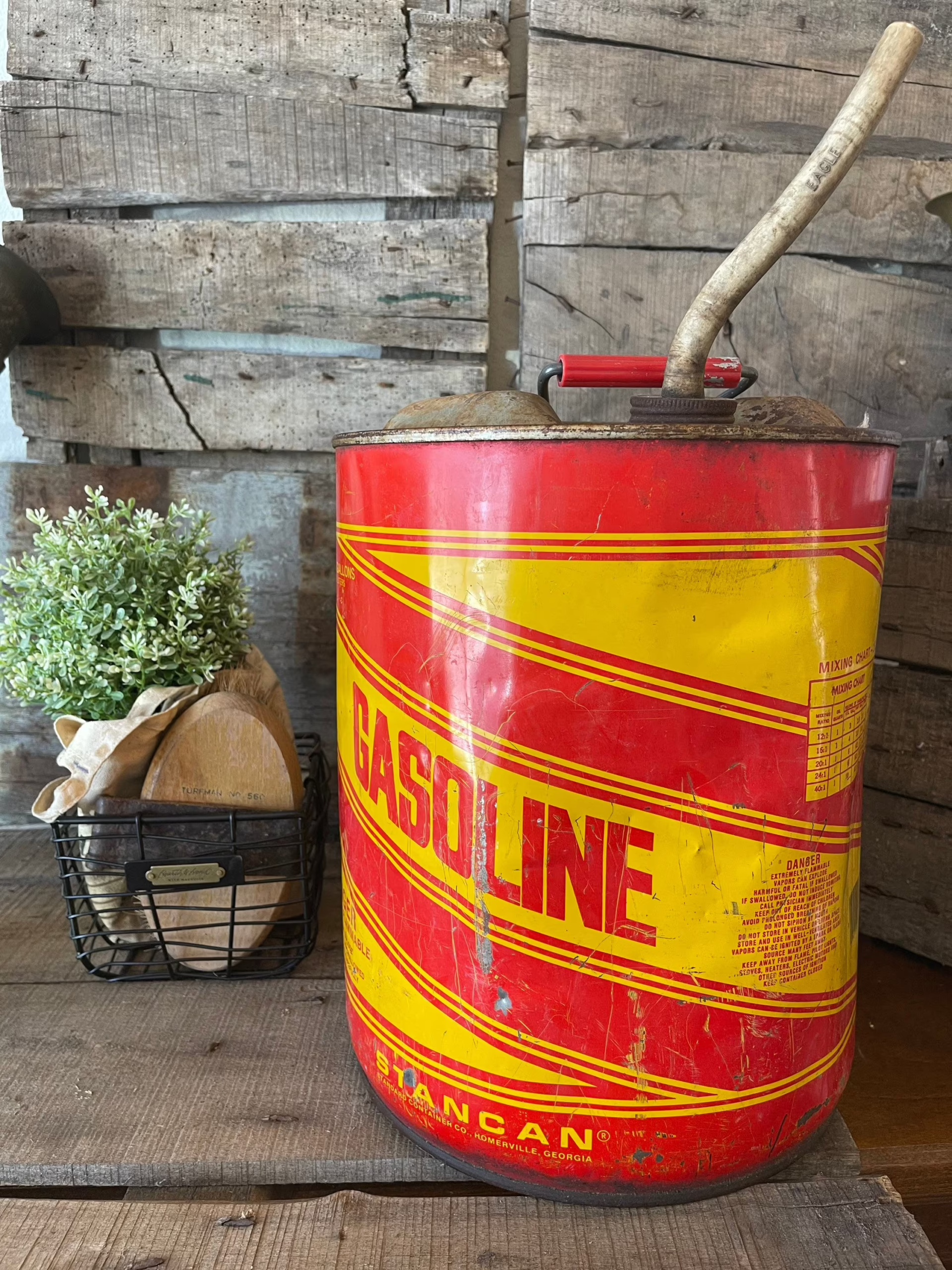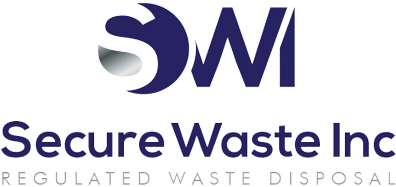Regulated Medical Waste Falls Into Which DOT Packaging Group? Secure Waste Explains Expert Solutions
If you’re a doctor, dentist, or office manager in a healthcare facility and have questions about the complexities of medical waste management, you’ve come to the right source. At Secure Waste, we offer in-depth insights into various aspects of medical waste, particularly focusing on the Department of Transportation (DOT) regulations that dictate safe handling and transportation.
Our expertise encompasses everything from the classification of medical waste to the best practices for packing and transporting it securely. Ensure your facility remains compliant and prioritizes safety with our comprehensive guidelines and resources tailored for healthcare providers.
Before we discuss the classification and packaging of regulated medical waste, let’s first clarify what regulated medical waste is. Secure Waste provides a detailed explanation, so let’s take a look.
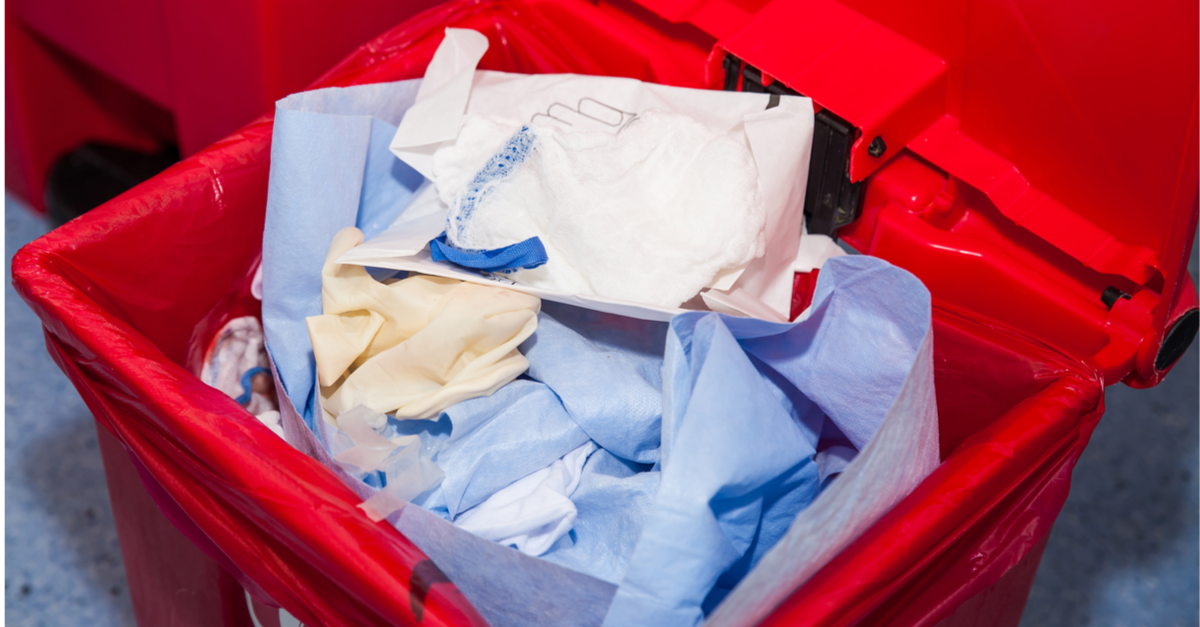
Regulated medical waste management is crucial for ensuring safety and health in our communities It involves carefully handling treating and disposing of waste generated in healthcare settingslike hospitals clinics and laboratoriesthat could harm human health or the environment This specialized process protects healthcare workers and patients and helps prevent the spread of infections and contamination Lets dive into why effective waste management in the medical field is so crucial for everyone
What Is Regulated Medical Waste?
Regulated Medical Waste (RMW), or biohazardous waste, refers to materials containing potentially infectious agents derived from human or animal sources. This type of waste poses a significant risk of transmitting diseases to healthy individuals. RMW encompasses various items, including sharps such as needles, scalpels, and other objects capable of puncturing the skin and anatomical waste of recognizable human organs, tissues, and body parts.
It includes contaminated materials, like blood-soaked gauze and surgical dressings, alongside cultures and stocks obtained from laboratories engaged in medical and biomedical research. These may consist of specimens containing infectious agents or contaminated growth media.
Strict regulations enforced by state and federal authorities govern the management, handling, and disposal of regulated medical waste. Prominent agencies overseeing these regulations include the Maryland Department of Health (MDH) and the U.S. Environmental Protection Agency (EPA). These regulations are designed to safeguard public health and protect the environment from potential infections from mishandling such waste.
Types of Regulated Medical Waste
- Sharps: This category includes used needles, syringes, scalpels, lancets, broken glass, and other sharp objects capable of puncturing skin, which pose a special risk of injury and infection.
- Anatomical Waste: Recognizable body parts, organs, and tissues typically generated during surgeries, autopsies, or medical research, and represent significant biohazard concerns.
- Contaminated Solid Waste: Items saturated with blood, other potentially infectious materials (OPIM), or body fluids that could release infectious agents if compressed or improperly handled.
- Cultures and Stocks: Biological cultures, stocks of infectious agents, and contaminated media from laboratories, which require careful tracking and disposal to prevent the spread of infection.
Key Regulations
- State-Specific Programs: Following the expiration of a federal medical waste program in 1991, many states developed specific programs and regulations for managing RMW. In Maryland, for instance, the MDH oversees the regulation of medical waste to ensure compliance with health standards and safety protocols.
- Federal Guidance: The Centers for Disease Control and Prevention (CDC) provides comprehensive guidelines for safely handling, managing, and disposing of infectious waste to mitigate health risks.
- OSHA Bloodborne Pathogen Standard establishes definitions and criteria for recognizing “saturated” waste, specifically items that release blood or OPIM in a liquid or semi-liquid state if pressured. Such classification is critical for determining appropriate handling and disposal measures.
By adhering to these regulations and understanding the specific types of regulated medical waste, healthcare facilities and laboratories can play a pivotal role in protecting community health and the environment from the dangers posed by infectious waste.

Lets dive into the critical world of Class 6 infectious medical waste Understanding this topic not only highlights its importance but also empowers us to make a difference in managing waste that poses a risk to our health and environment Join us as we explore the challenges and solutions related to this vital issue
Classification For Regulated Medical Waste
Regulated medical waste is classified under the Department of Transportation (DOT) Hazard Class 6, specifically within Division 6.2, which identifies it as an infectious substance.
This critical classification is based on the inherent risks posed by various pathogens and infectious agents that may be present in medical waste, which can potentially harm public health and the environment. When this type of waste is shipped, it is denoted by the United Nations (UN) number 3291.
Here are some essential points explaining this classification:
- Hazard Class 6: This category includes materials capable of causing serious harm or fatality due to their toxic and hazardous characteristics. Medical waste is specifically designated as “Infectious Substances.” This designation demonstrates its danger to human and animal health and emphasizes the need for stringent regulatory oversight in its transport and disposal.
- Division 6.2: This division is particularly focused on materials that are known or suspected to contain pathogens, bacteria, viruses, or other biological agents that can lead to diseases in humans or animals. The classification, upheld by guidelines from the Healthcare Environmental Resource Center (HERC) and the World Health Organization (WHO), underscores the necessity for proper handling, treatment, and disposal of such waste to prevent outbreaks and ensure community safety.
- UN 3291: This official shipping name for regulated medical waste includes various categories of waste, such as clinical waste, (bio)medical waste, and biomedical waste. The UN number is vital in facilitating compliance with international and national transportation regulations, ensuring that waste is managed according to established safety and environmental protocols.
- Packaging Group II: Regulated medical waste requires packaging that meets the rigorous standards associated with Packing Group II performance levels, as specified by Hazardous Waste Experts. This level indicates that the waste must be contained in packaging, significantly reducing the risk of exposure and environmental contamination during transport. Packaging must be robust and leak-proof, requiring specialized containers to withstand impacts and prevent leakage.
By adhering to these detailed classifications and guidelines, healthcare facilities can effectively mitigate the risks associated with medical waste. This ensures that safety protocols are upheld and the environment is protected from potential hazards associated with infectious substances. This comprehensive approach is vital for maintaining public health safety standards and fostering community trust.
Now that you have a more comprehensive understanding of DOT Class 6 regulated waste disposal, don’t hesitate to contact Secure Waste.
We provide reliable, compliant, eco-friendly medical waste disposal solutions for your facility’s needs. We have expertise in biomedical, hazardous waste, and Sharps container disposal. In addition, we provide customized waste management plans, including secure collection and transport, and sustainable disposal practices.
Contact us today for a FREE Waste Assessment, or request a quote online!
**Disclaimer** This information is provided for reference purposes only and should not be considered as legal advice or factual information at the time of your reading. Regulations frequently change and can vary from state to state. We encourage you to contact your local regulatory authorities or Secure Waste directly for the most current information. Please note that Secure Waste is not liable, in part or in whole, for any information contained on this page or website.
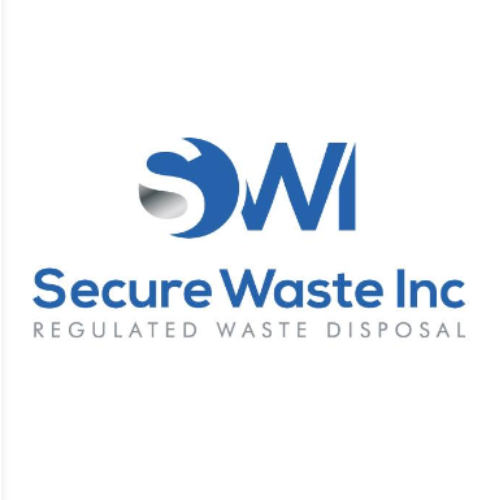
Expert Medical Waste Management: With over 25 years of industry experience, Secure Waste is a trusted local leader in hazardous and biohazardous waste disposal across Maryland, Virginia, and Washington, D.C. Specializing in medical waste management, sharps needle disposal, and biohazard waste removal, the company ensures full compliance with federal, state, and local regulations while prioritizing environmental sustainability.
The company also offers additional services, including secure document shredding and sharps container sales, providing comprehensive solutions for healthcare facilities and businesses. Our cost-effective services help clients maintain regulatory compliance without unexpected costs.
With a commitment to customer satisfaction, Secure Waste offers tailored waste management plans that align with industry best practices. Their team of experts provides reliable, timely, and compliant services, making them the preferred choice for medical waste disposal. For a free waste quote or more information, visit www.securewaste.net
